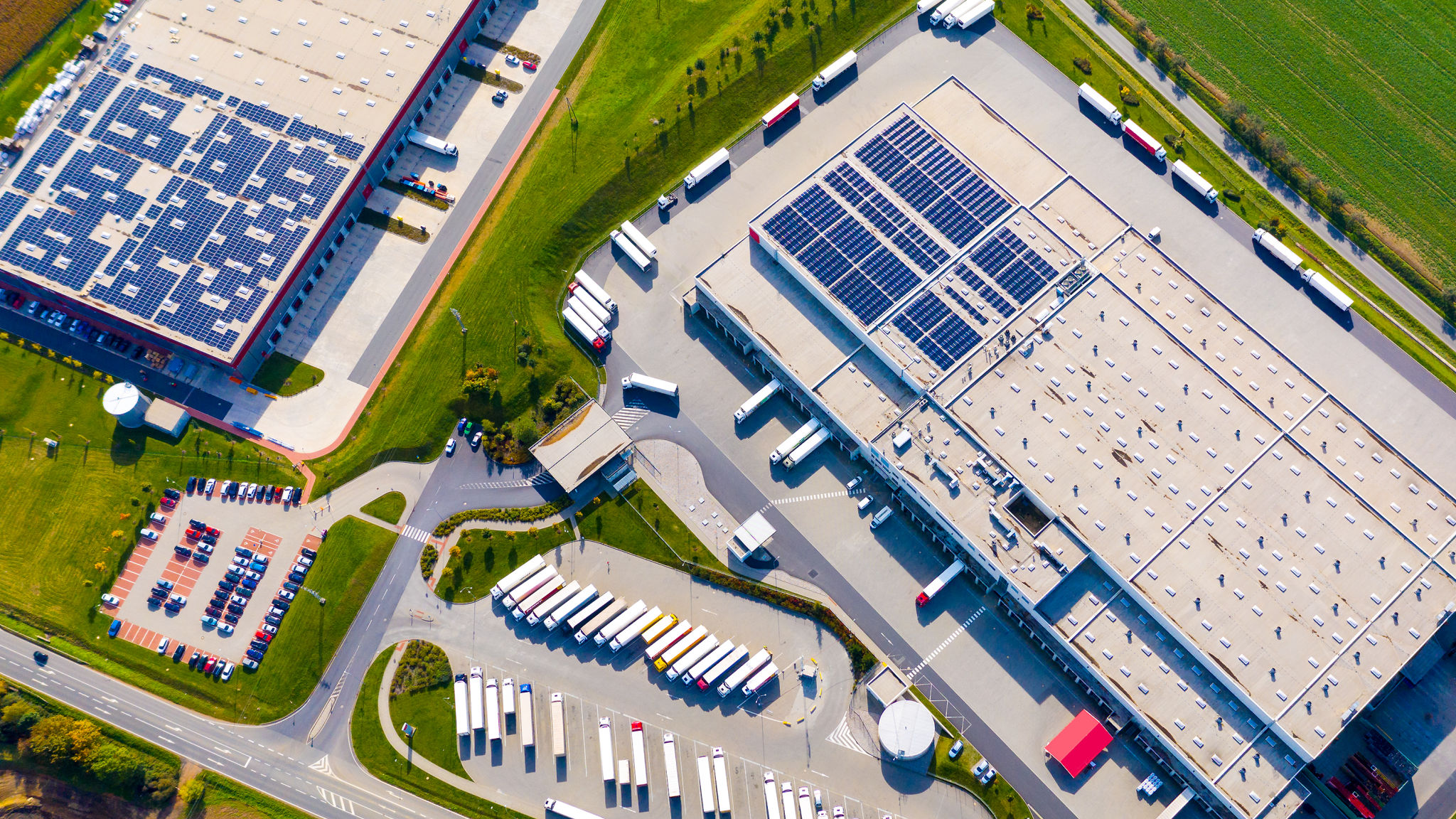Key Considerations for Designing Eco-Friendly Warehouses in Australia
Introduction to Eco-Friendly Warehouses
As the world becomes increasingly aware of the importance of sustainability, businesses in Australia are prioritizing eco-friendly practices in their operations. A key area of focus is the design of warehouses, which play a crucial role in the supply chain. Designing eco-friendly warehouses not only helps reduce environmental impact but also offers significant cost savings in the long run.

Location and Site Selection
The first consideration when designing an eco-friendly warehouse is the location and site selection. Choosing a site that minimizes transportation emissions and is close to major transport routes can significantly reduce a warehouse's carbon footprint. Additionally, selecting a location that has minimal impact on local ecosystems and wildlife is crucial for sustainability.
Energy Efficiency
Energy efficiency is a cornerstone of eco-friendly warehouse design. Implementing energy-efficient lighting, such as LED lights, and utilizing natural light through skylights and large windows can drastically reduce energy consumption. Furthermore, the installation of solar panels can provide renewable energy, decreasing reliance on non-renewable sources.

Building Materials
The choice of building materials is another critical factor. Using recycled and locally sourced materials can lower the environmental impact of construction. Additionally, selecting materials with high insulation properties helps maintain temperature control within the warehouse, reducing the need for excessive heating or cooling.
Water Conservation
Water conservation is vital in sustainable warehouse design. Installing systems for rainwater harvesting and greywater recycling can significantly decrease water usage. These systems can be used for landscaping and non-potable applications, contributing to overall resource efficiency.

Waste Management
Effective waste management strategies are essential for maintaining an eco-friendly warehouse. Implementing recycling programs and reducing packaging waste are critical steps. Encouraging suppliers to use sustainable packaging and opting for bulk purchases can also reduce overall waste generation.
Automation and Smart Technologies
Incorporating automation and smart technologies can optimize warehouse operations, reducing energy consumption and improving efficiency. Automated systems can streamline inventory management, decrease idle times, and ensure optimal use of resources. Smart technology can also monitor energy usage, allowing for real-time adjustments to maintain efficiency.
Conclusion
Designing eco-friendly warehouses involves a comprehensive approach that considers location, energy usage, materials, water conservation, waste management, and technological integration. By focusing on these areas, businesses in Australia can create sustainable warehousing solutions that benefit both the environment and their bottom line. As more companies adopt these practices, the collective impact on sustainability will be profound.
